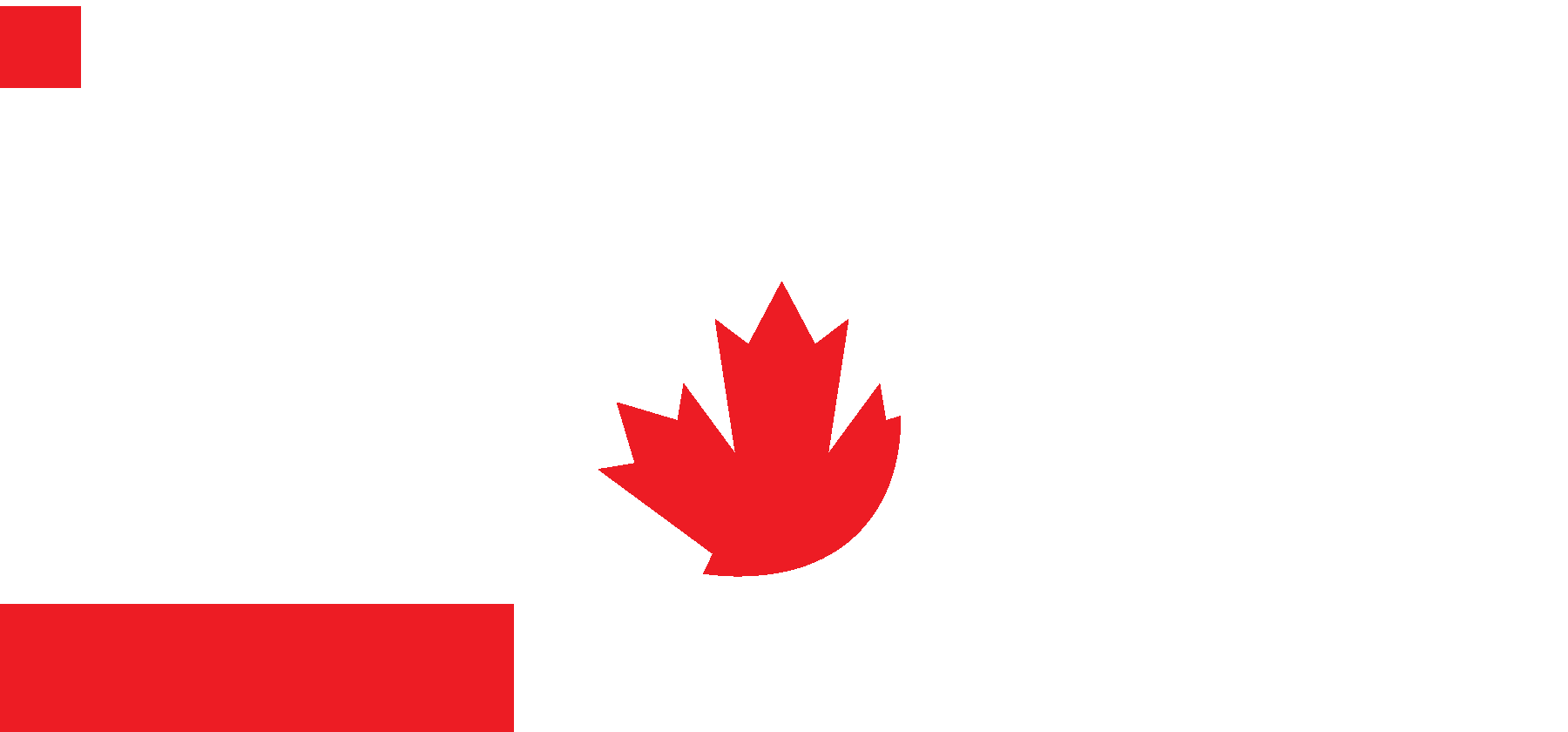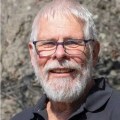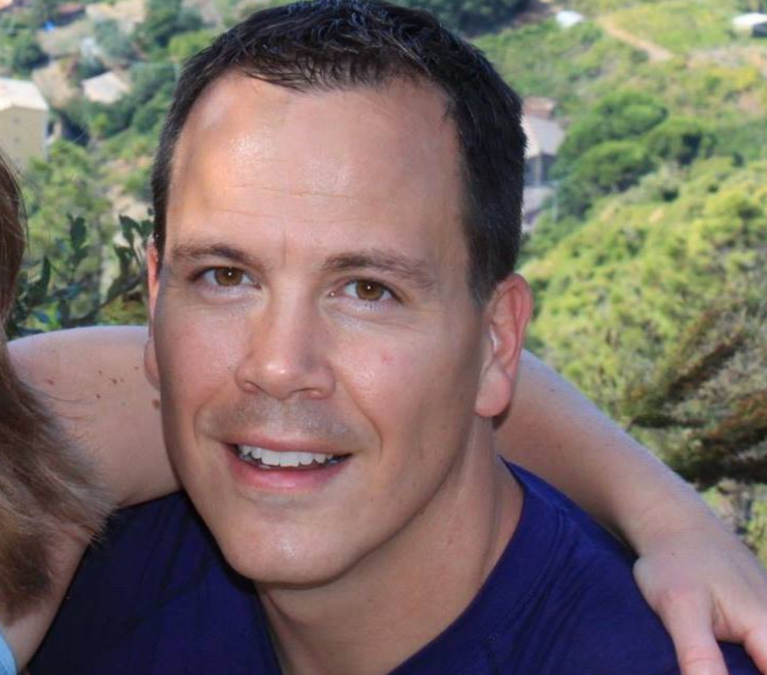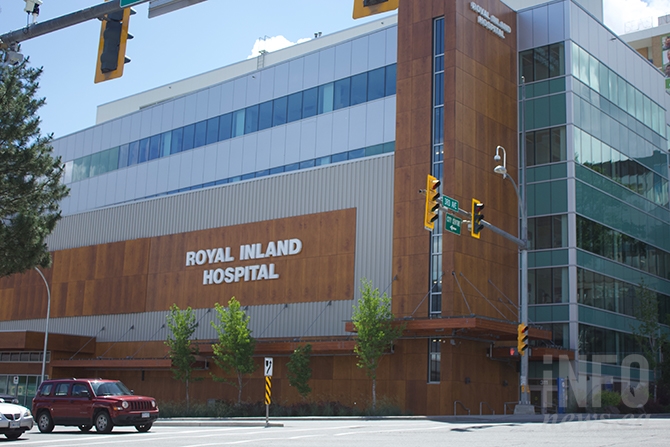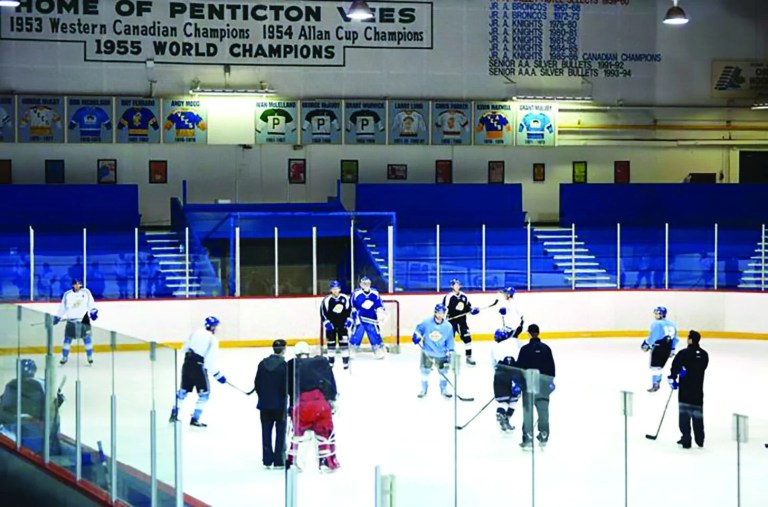
Alberta prayer gathering caused COVID-19 spike in Northern B.C.
While strip clubs and raves have been spotted as recent events that have led to the spread of COVID-19 in southern B.C., an August long weekend prayer gathering in Deadwood, AB, triggered at least a dozen cases in the north.
Most of those live in Fort St. John, B.C. but an exposure alert has been issued for the entire Northern Health region.
While 12 cases have been tied directly to the It Is Time Prayer Gathering, another five confirmed cases are believed to be from secondary exposure, a Northern Health Region news release states. Another 24 people who had been in close contact with attendees are self-isolating.
Anyone who attended the event is asked to self-monitor for symptoms and get tested if they do have symptoms.
The event ran from July 31 through until noon Aug. 2.
The website promoting the It Is Time Prayer Gathering said that COVID-19 screening would take place, chalk lines were drawn for lineups, there was adequate spacing of tables in eating areas and other precautions were being taken.
Deadwood is about two hours south of High Level and one hour north of Peace River, the web site said.
To contact a reporter for this story, email Rob Munro or call 250-808-0143 or email the editor. You can also submitphotos, videos or news tips to the newsroom and be entered to win a monthly prize draw.
We welcome your comments and opinions on our stories but play nice. We won't censor or delete comments unless they contain off-topic statements or links, unnecessary vulgarity, false facts, spam or obviously fake profiles. If you have any concerns about what you see in comments, email the editor in the link above.
Join the Conversation!
Want to share your thoughts, add context, or connect with others in your community?
You must be logged in to post a comment.







